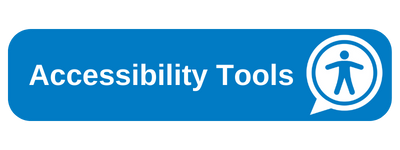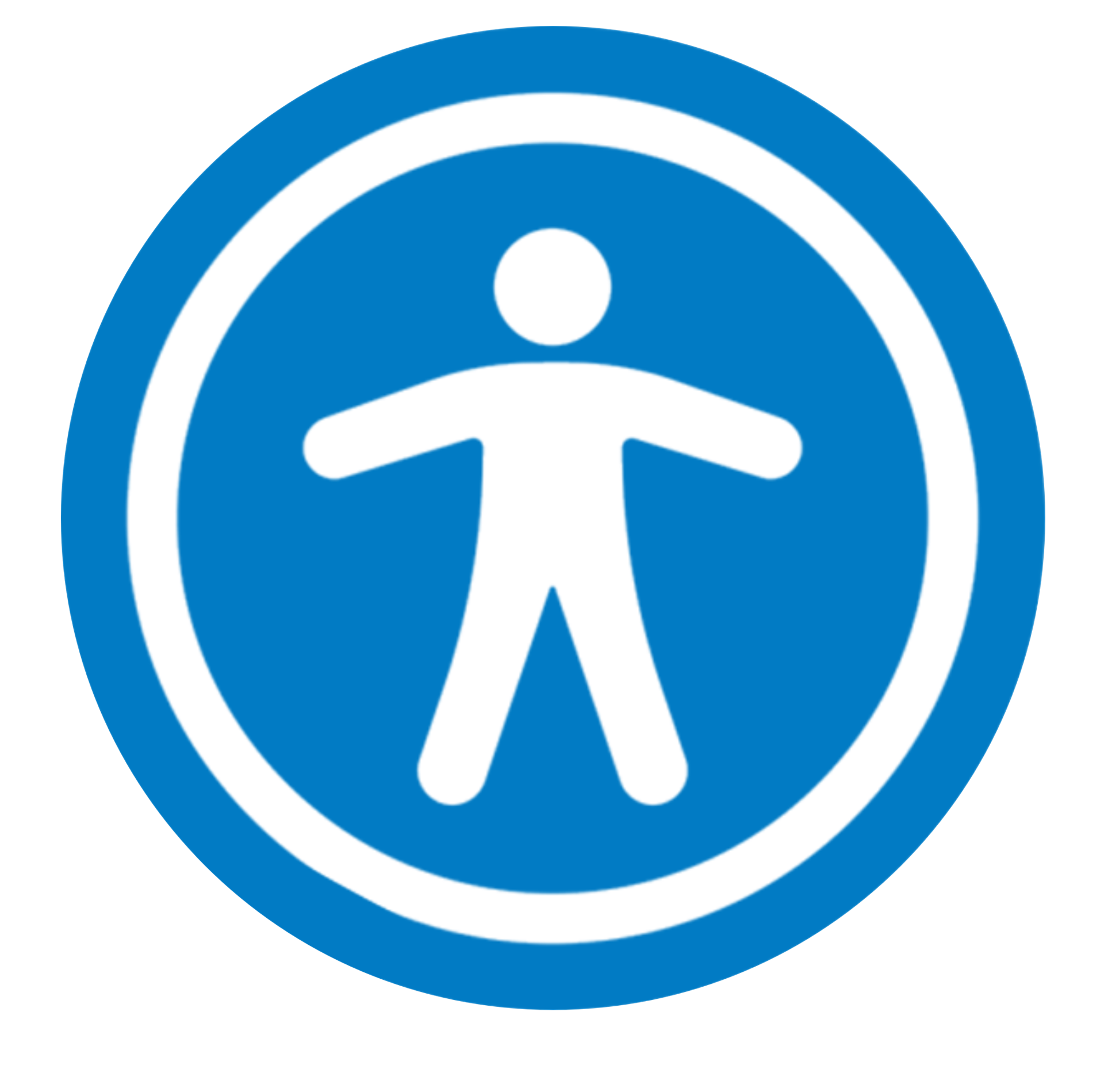Introduction to the THRIVE model
This model was developed as a collaboration between the Anna Freud National Centre for Children and Families and the Tavistock and Portman NHS Foundation Trust and, since its creation, it has been extensively implemented across England. For further information see;
Among its main principles are:
- A needs led approach. The Framework enables children and young people to be supported regardless of diagnosis.
- Accessibility. Support for emotional wellbeing and mental health needs to be easily accessible to children and young people and their families, and people who work with children and young people.
- Reducing stigma – mental health is ‘everyone’s business’ and we need to reduce the stigma which surrounds it.
- Proactive prevention and promotion of mental health –again, it is ‘everyone’s business.’
The framework conceptualises the mental health and wellbeing needs of children, young people and families into five needs-based groupings: Thriving, Getting Advice and Signposting, Getting Help, Getting More Help and Getting Risk Support.
Thriving
Those children and young people whose current need is support to maintain mental wellbeing through effective prevention and promotion strategies.
Around 80% of children at any one time are experiencing the normal ups and downs of life but do not need individualised advice or support around their mental health issues. They are considered to be in the Thriving group.
They may however benefit from prevention and promotion (see links in resources and bibliography section under this heading to evidence- based national guidance about whole school approaches in relation to emotional well - being and mental health from the DfE, Public Health Education and major organisations such as the Anna Feud National Centre and Young Minds).
Getting Advice
Those who need advice and signposting
This group includes both those with mild or temporary difficulties AND those with fluctuating or ongoing severe difficulties, who are managing their own health and not wanting goals-based specialist input.
Within this grouping are children and young people who are particularly vulnerable due to a range of social factors such as poverty, poor education, abuse or neglect; environmental factors including injustice, discrimination, and social and gender inequalities; and individual factors such as experience of abuse, a learning disability, or physical health problems. ( see the bibliography and resources section under this heading)
Services could include drop-ins, consultations or one-off calls/sessions.
Getting Help
This grouping comprises those children, young people and families who would benefit from focused, evidence-based help and support, with clear aims, and criteria for assessing whether these aims have been achieved.
This grouping might include children with a range of overlapping needs that mean they may require greater input, such as the coexistence of autistic spectrum disorder (ASD), major trauma or broken attachments.
The support may come from a range of quality assured providers who can offer targeted, outcomes-focused help to address the specific mental health issue. (see bibliography and resources section under this heading ).
Services include short-term counselling, therapy or targeted interventions.
Getting More Help
Those who need more extensive and specialised goals-based help.
This is not conceptually different from Getting Help and there are no hard and fast rules as to who needs More Help but the following are frequent indicators:
- The child or young person is completely unable to participate age appropriately in daily activities in at least one context (e.g. school, home, with peers)
- They may even be unable to function in all domains (e.g. staying at home or in bed all day without taking part in social activities)
- They need constant supervision (due to their level of difficulties they are no longer managing self-care) and experience distress on a daily basis. (see bibliography and resources section under this heading)
Services include long-term clinical support, or specialist interventions.
Getting Risk Support
This grouping comprises those children, young people and families who are currently unable to benefit from evidence-based treatment but remain a significant concern and risk. This group might include children and young people who routinely go into crisis but are not able to make use of help offered, or where help offered has not been able to make a difference; who self-harm; or who have emerging personality disorders or ongoing issues. that have not yet responded to interventions. ( see bibliography and resources section under this heading )
Services include crisis support or in-patient treatment.
The services and resources for teaching and supporting staff in schools are arranged within the structure of the Thrive framework.
Click the links on the left to access information relevant to each of these sections.
Each section is divided up under headings which include:
- Up to date national guidance for schools, from government sources and other organisations in relation to mental health and emotional wellbeing.
- Local services and organisations with guidance on referrals and contact details.
The website also includes an Additional Resources section with links to reliable and safe local and national sources of information, which could be shared, in line with age appropriateness, with children and young people, their carers, and families.
The effective use of the model depends on a knowledge and understanding of mental health needs and how they present in children and young people. It is crucial that they receive an appropriate and timely response. This may range from a suggestion about a useful website to help with exam nerves or a more significant discussion of a referral to a support service.
Note: A useful question to have in mind when identifying need is ‘What does it mean that this child is behaving in this way at this time in this situation?’ Behaviour is a way of communicating and it is important to be curious especially when there is a change in how a child or young person usually behaves. Observation over time will indicate whether it was just a passing phase or something more significant, and provide a clue as to the most appropriate response within the Thrive model framework.

